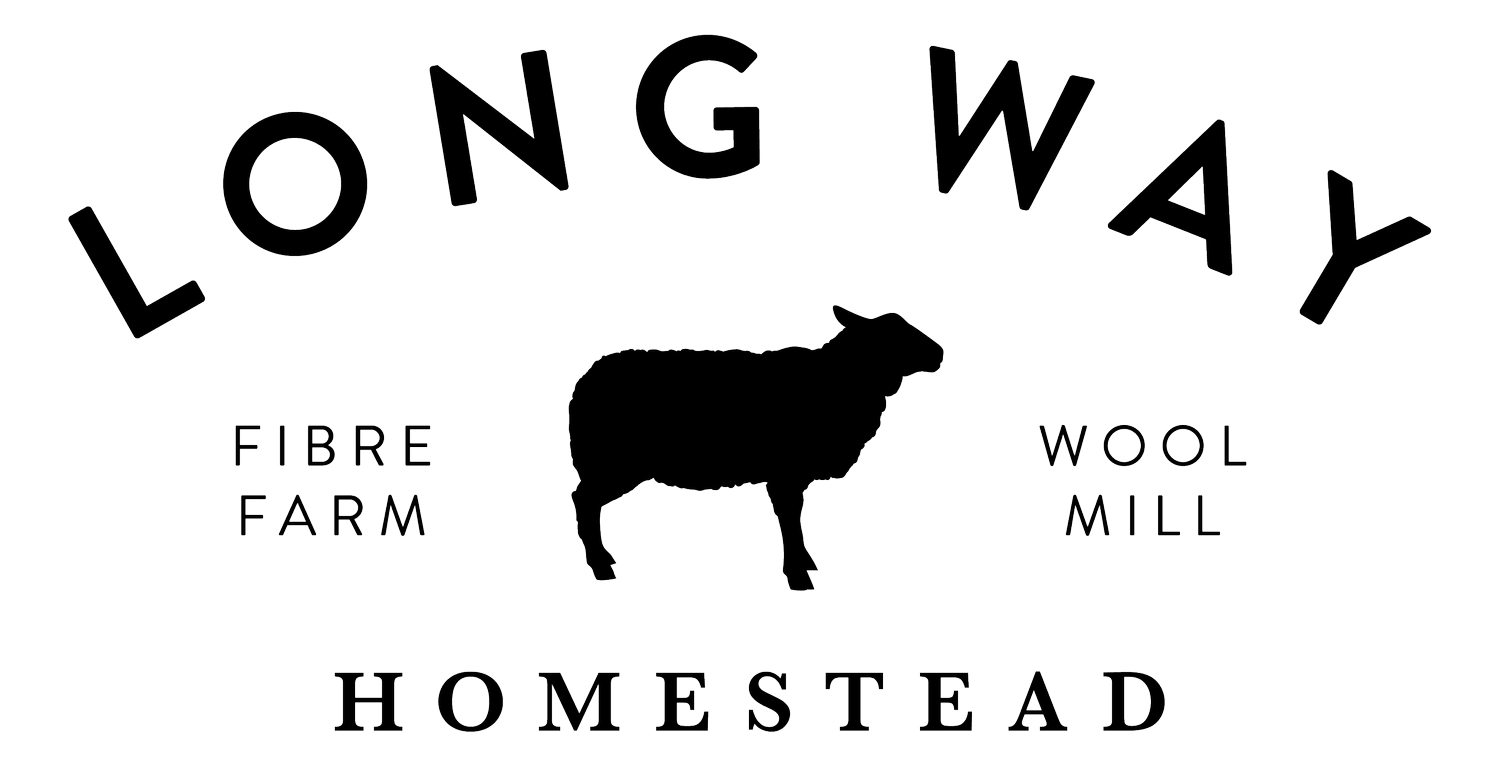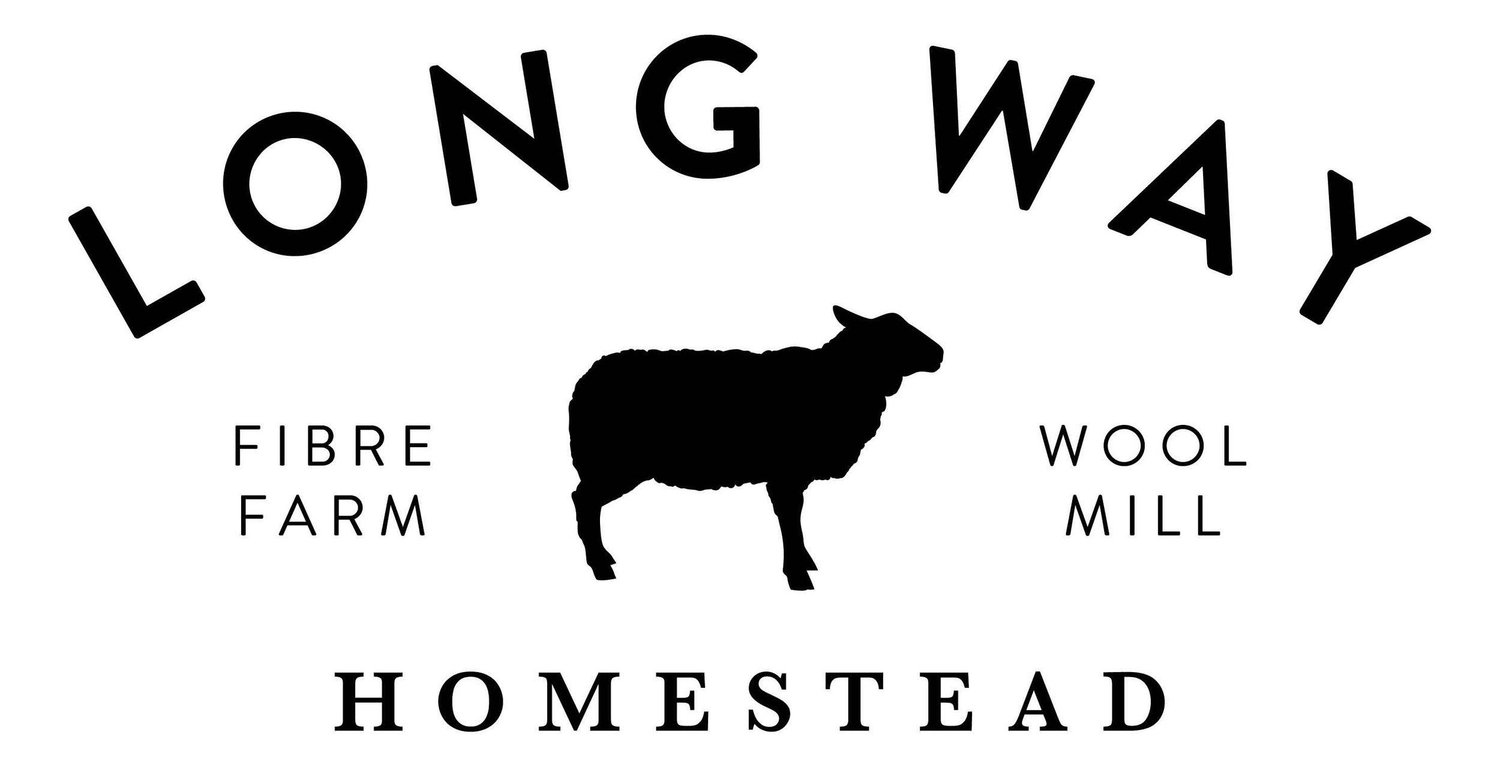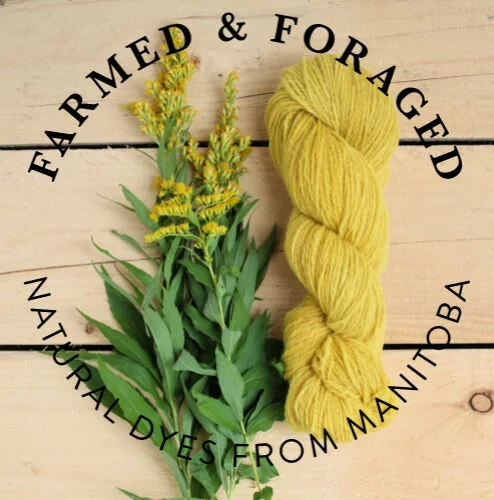Welcome to the Natural Dye CSA Support page. Here you will find additional resources and FAQ’s for the natural dye CSA. Please feel free to send us more questions so we can make this page as helpful as possible.
Here are the dye instructions included in the Natural Dye CSA kit:
Instructions for natural dyeing protein based fibres.
Scouring: The yarn has been pre-scoured in Orvus Paste. No need to scour it further.
Mordanting: Dissolve alum in a pot of water large enough for fibre to move freely. Add fibre to the pot and bring temperature up to 180 degrees and simmer for 60 minutes. Let fibre cool in pot and hang to dry until ready to use or keep in alum water for up to 3 days.
Preparing dye stuff: Put flowers in pot with water and heat to about 180 degrees and simmer for minimum 1 hour. For strongest colours let dye stuff sit in pot for 24 hours, strain out dye stuff.
Dyeing: Ensure that yarn/fibre and dye stuff is a similar temperature (no shocking your fibre and inadvertently felting). Heat dye pot to at least 160 degrees and maintain temperature for 1 hour. Keep yarn in pot for at least 24 hours.
Rinsing: You can let your yarn 'cure' dry for as long as you want, or you can rinse immediately. Gently rinse yarn in lukewarm water until the water runs dry. Do not aggressively wring yarn, just gently squeeze water out. Hang to dry yarn.
Natural Dye Supplies (natural dye materials should not be used for food after being used for dyeing)
Stainless steel pots and stirring utensils (I recommend searching your local thrift store for stainless steel pots used only for dyeing. If you use aluminum, copper, tin etc pots it can change the end result of your yarn.
Something to stir with – I usually use a stainless steel or wooden spoon (not to be used for food later)
Thermometer
Measuring spoons and cups
Strainers
More Resources for Natural Dyeing:
Websites:
The Maiwa Guide to Natural Dyes - The most comprehensive set of instructions that are available for free. They also are an excellent supply store for dye stuff
Botanical Color - an excellent supply store in the USA and source of education and information
Books:
The Modern Natural Dyer - Christine Vejar
Wild Color - Jenny Dean
The Art and Science of Natural Dye - Joy Boutrup & Catharine Ellis
Natural Dye FAQs
Is the water temperature Celsius or Fahrenheit, it seems very hot will it felt the wool?
Water temperature in the instructions is in Fahrenheit. The temperature needs to be hot to ensure the wool fibre opens up and allows the dye molecules to penetrate the cortex of the fibre. As long as you don’t shock it (from cold to hot) and limit agitation it won’t felt!
What is “Alum” and where can I get more?
Alum is short for Potassium aluminum sulfate and it is the most common mordant used by dyers for protein (or animal) fibers and fabrics. It assists in light and wash fastness in your natural dyeing. It is safe to use and can be found in grocery stores (but it should not be ingested). For natural dyeing purposes I recommend purchasing more from Maiwa (Canandian) or Botancial Colors (USA). But in a pinch you can find it at Bulk Barn in larger quantities or at other grocery stores in the ‘spices and baking’ section.
What size of pot should I use and how much water should I use?
This is an excellent question! The pot should correspond to how much yarn or fibre you are dyeing. You want the fibre to be able to move freely and not be cramped. The amount of water can accommodate the size of the pot you us and will NOT dilute the dye. The amount of dye pigment you extract from the plants cannot be diluted by more water. The general rule is that your yarn or fibre should be fully submerged in the water, but do not worry about diluting the actual dye pigment with more water.


